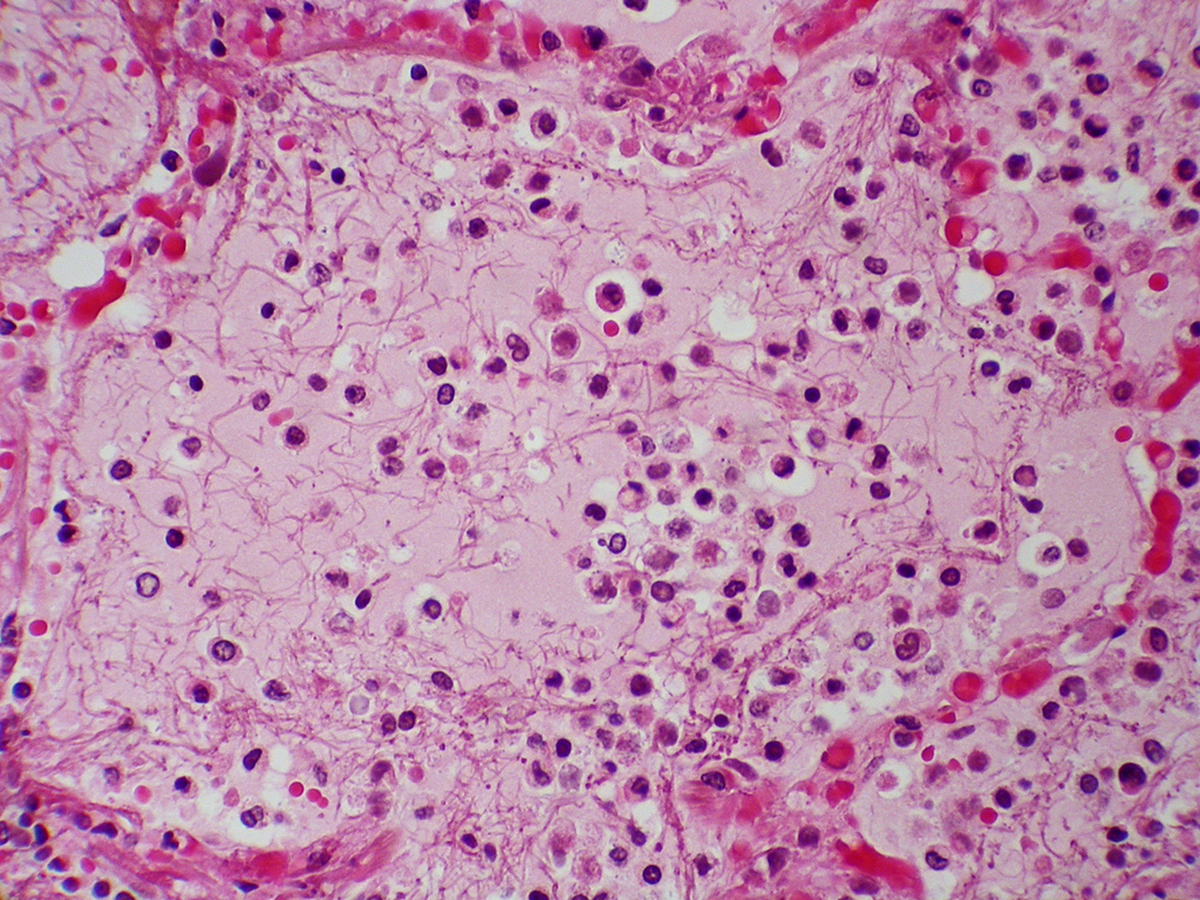Table of Contents
The Symptoms
There are plenty. People with cystic fibrosis have chronic obstructive pulmonary disease (COPD). The mucus produced by their bodies is so thick and sticky that it becomes trapped in the lungs, leading to frequent infections such as pneumonia. Breathing is difficult and labored.

Failure to thrive is evident in those diagnosed.
The same mucus that fills the lungs also obstructs the digestive tract and the pancreas. The pancreas is a gland that secretes powerful enzymes that help with digestion in the small intestine. When the pancreas is blocked by mucus, it can't deliver those enzymes and digestion is impaired or fails to occur. Without digestion, people with cystic fibrosis are unable to absorb necessary nutrients, leading to failure to thrive.
There are a variety of other difficulties brought on by cystic fibrosis. These can include arthritis, peptic ulcers, salt depletion, and delayed puberty. It is truly a multi-system disease.
The Treatments
Treatment plans for people with cystic fibrosis are highly individualized, but there are some basics. Most people's lungs are affected, so there are normal therapy routines that have been developed to help clear the lungs of accumulated mucus.
Chest physical therapy uses the technique of postural drainage and percussion to move mucus out of the lungs. The patient assumes various positions to allow gravity to pull mucus into the large airways where it can be coughed out.
For small children and infants, assistance is necessary. Adults are usually able to perform their own therapy. There are even special inflatable vests that can be worn which vibrate at high frequencies to loosen and thin mucus. Various breathing techniques and devices are also employed with the same end in mind.
Pharmaceutical therapies are also used to help patients with cystic fibrosis breathe more easily. Expectorants thin mucus so it can be coughed out. Regular antibiotic regimens are prescribed to fight bacteria that grow in the accumulated mucus. Anti-inflammatory drugs, like over-the-counter ibuprofen, help to reduce inflammation in the airways. When mucus is cleared and inflammation reduced, bronchodilators can be used to help open up the airways. They are ineffective when mucus and inflammation are present, however, because the broncho-dilating medication is unable to reach the tissues.
Pancreatic enzyme supplements are taken with each meal and most snacks in order to assist with digestion. Multi-vitamins are also taken to help boost nutritional intake.
Read More: Lung Diseases: Emphysema & tobacco smoke
With steadily increasing life expectancies, those diagnosed today may be able to experience a life span that approaches the norm. New therapies and new medications hold a lot of promise for treatment. Gene therapy research is ongoing and may some day hold the key to a cure for cystic fibrosis. Until then, patients and their families work with their doctors to obtain consistent, high-quality care and to lead fulfilling and rewarding lives.
- Cystic fibrosis. (2001). In Taber's Cyclopedic Medical Dictionary (pp.502-503, Edition 19). Philadelphia, PA: F. A. Davis Company.
- Photo by shutterstock.com
- Photo courtesy of Yale Rosen by Flickr : www.flickr.com/photos/pulmonary_pathology/6838768118/


Your thoughts on this